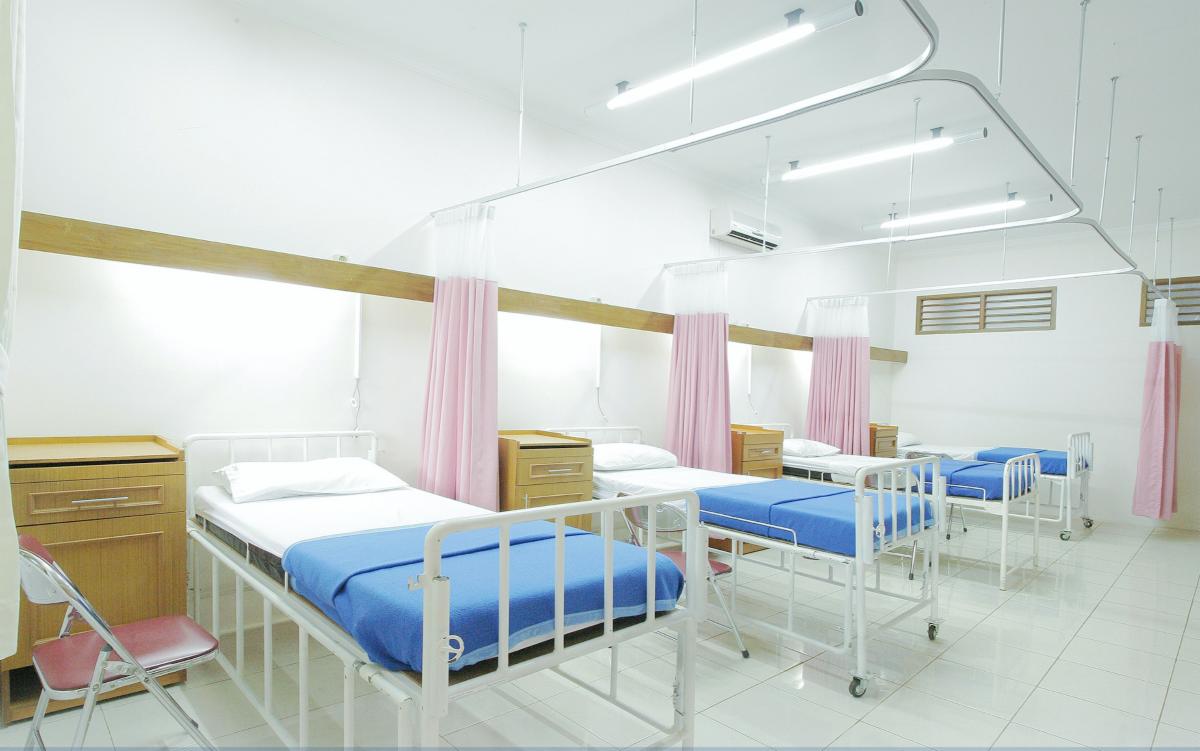RESEARCH WEEKLY: Our mental health system, hidden behind bars
(Feb. 6, 2018) Jails have inadvertently become our country’s healthcare provider safety-net, especially for people with mental illness, according to a new report published last month by the Pew Charitable Trusts in partnership with Community Oriented Correctional Health Services.
Jails are constitutionally required to provide healthcare to individuals behind bars, however, how this care is provided and what services are offered varies dramatically from one jail to the next.

In the majority of cases, the county is the entity that oversees the jail and the health services provided. With more than 3,000 counties in the United States ranging in size, demographics, population density and tax revenues, there is a wide difference in policies and practices for healthcare in jail, even within the same state, making systematically studying these topics extremely difficult.
Researchers from Pew used an innovative technique to assess the current status of healthcare provided in jails in the United States by analyzing 81 requests for proposals from county jails for contracted health services from 28 states from 2008 to 2015. This methodology allows for an inside-look into what select county jails require for provision of health care, including mental healthcare, and how such care is provided.
How Healthcare Provided in Jail Impacts People with Serious Mental Illness
The findings of the analysis are illuminating into how treatment for mental illness is provided in jails, and how this impacts the overall care for individuals with serious mental illness.
As the Treatment Advocacy Center has previously reported, at least 26% of individuals in local jails have serious mental illness. Based on the most recent jail census estimates, this means that on any given day there are more than 163,000 individuals with serious mental illness in local jails throughout the country.
That is only a snapshot of the larger picture of criminalization, however. Jails have an extremely high turnover, in which there were almost 11 million admissions to local jails in 2015. Many of these admissions are due to repeat offenders, especially among individuals with mental illnesses who are more often arrested for nonviolent, misdemeanor crimes and have much higher recidivism rates than the general population of inmates, according to the report.
This, among many other capacity challenges, makes it difficult to provide high quality healthcare in jails, especially for chronic conditions such as serious mental illness. There is a large amount of unpredictability for budgeting for smaller jails who have varying individuals with high-cost treatment needs.
This results in extreme variation in the proportion of the overall budget spend on healthcare by jails, according to the report, even within the same state. For example, Virginia jails spend anywhere between 2.5% to 33% of their total budget on healthcare.
Jails are attempting to address the complex needs of individuals with serious mental illness in their jails in a variety of ways. For example, in Cook County, Illinois, the warden overseeing the jail is a clinical psychologist. Los Angeles County recently approved a $3.5 billion jail construction project, part of which includes building a jail exclusively for mentally ill inmates. In effect, a shadow mental health system is rising up behind bars throughout the country, not out of prudence or sound management, but out of necessity.
“Like people who disproportionately use hospital emergency department services, those with mental illness repeatedly enter a correctional system that is mismatched to their underlying needs, resulting in an inefficient use of public dollars,” according to the report authors. “To the degree that the high users of both community health and correctional systems overlap, these individuals are responsible for a major portion of county spending across agencies but without desirable outcomes to show for it.”
It defies logic to expect that the US corrections system could or should serve as its default mental health system, as the two have inherently different purposes. With this in mind, one hopes that the results of this assessment will compel policy makers to re-assess the role jails now play as the safety-net for mental healthcare and make informed decisions on how to allocate resources.
In one instance highlighted by the report, a 10% increase in public mental health inpatient spending lead to a 1.5% decrease in jail populations, and enormous cost savings. This suggests that a shift of public dollars from corrections to public health departments is worth exploring.
References:
Huh, K. et al. (January 2018). Jails: Inadvertent healthcare providers. The Pew Charitable Trusts.










